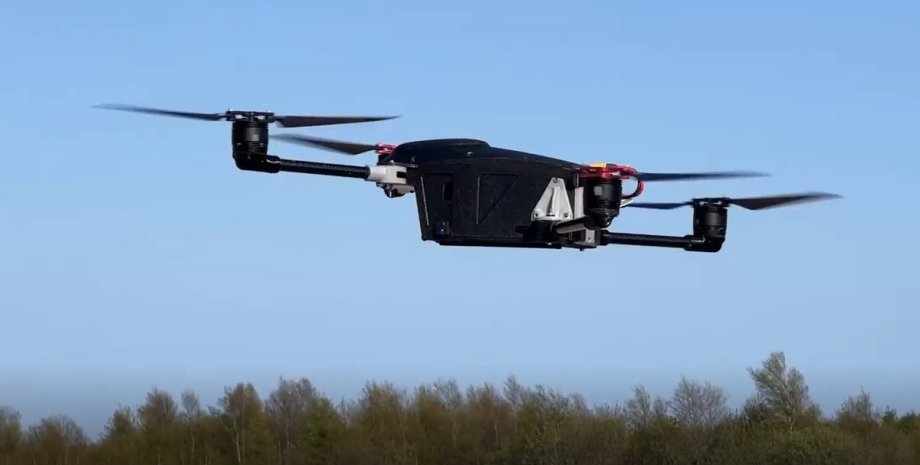
The material states that the researchers have already patented their invention, which, according to them, will be used "to protect the territories and damage to air and land purposes. " In description to the patent, they also noted that their system would help to increase the time of flight of UAV, because they had previously returned to the base if the battery sat. Now the devices will allegedly be able to charge directly in the air due to the technology of wireless electricity transmission.
Roy drones will consist of multi-digiters, quadcopters, envelopes that will be used to perform certain tasks such as intelligence, increase of situational awareness, strikes, except for them, the swarm will be the drones. Such UAVs will be equipped with permanent magnets (or electrical coils with winding), which will serve as sources of magnetic field. These magnets (or coils) are connected to power sources.
Then the tanner will transfer the charge to the discharged drone in an induction way, hanging over it. Scientists also indicated how the UAV-filling room will receive a signal "disaster" from the drowning drone. This will be possible with the help of the "famous" system, which is allegedly equipped with Russian drones.
So, if the drone is discharged, he will send a certain signal with the help of the transmitter "his own", this signal will catch the receiver "his own-cheated" drone-fillingman, and, focusing on this signal, the dresser will fly to the desired drone and recharge it. In this case, UAVs with low charge will "hang" in the air, waiting for help. Other details of the system work are not revealed.










All rights reserved IN-Ukraine.info - 2022